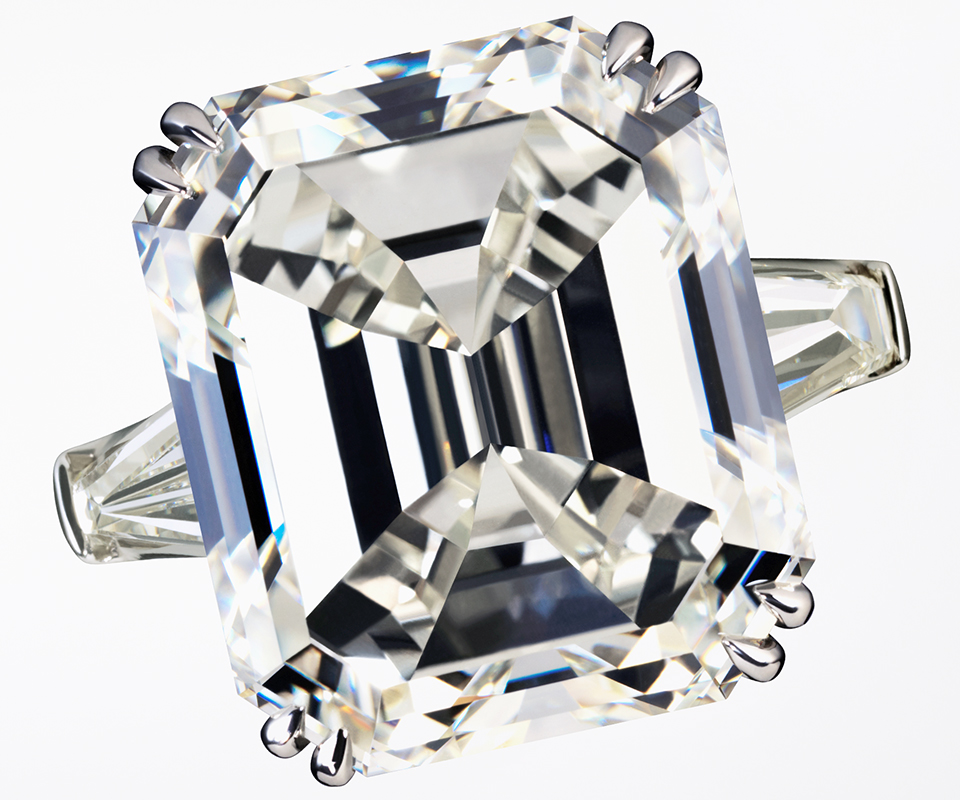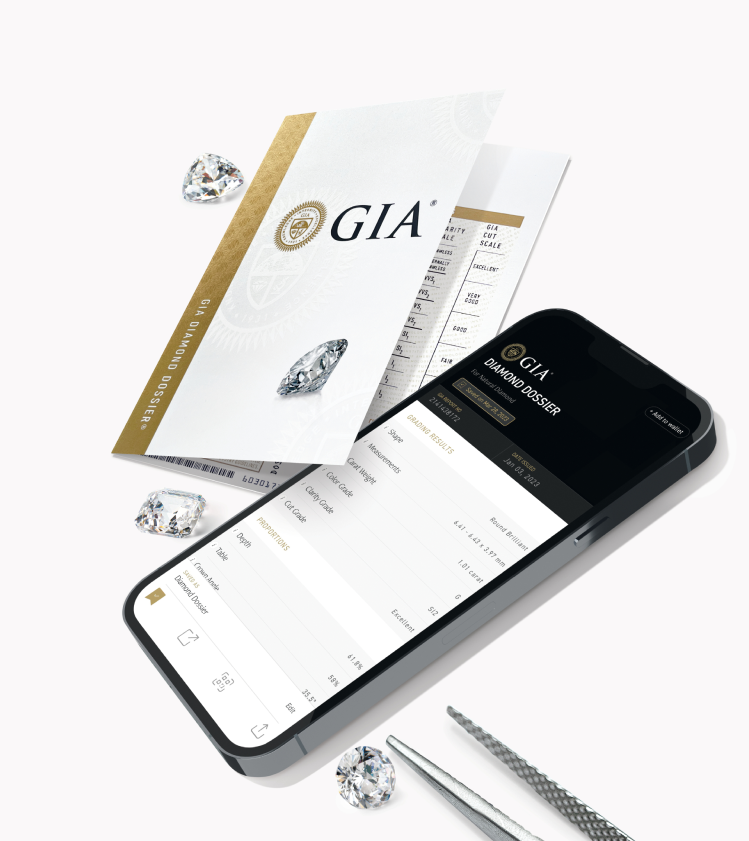The weight of precision.
The weight of precision.
Diamond Carat Weight.
Carat measures weight, not size. A metric carat is defined as 200 milligrams. Each carat is subdivided into 100 points, allowing for measurement to the hundredth decimal place. Carat weight can be measured to the thousandth decimal place for rounding purposes.
The term carat weight comes from carob seeds and has been in use since the 1500s. Early gem traders used to use small uniform seeds to counterweight their scales. Today a carat is a standard milligram measurement of weight, recognized and used globally.
Certain carat weights are considered to be magic sizes for their desirability – 1.00 carat, 1.50 carats, and 2.00 carats. Although it is difficult to visually distinguish a 0.99 carat diamond from a 1.00 carat, the price difference can be significant.
Understanding the weight of your diamond purchase.
If two diamonds were identical in color, clarity, and cut, but one had a larger carat weight, then that diamond would be more rare and the price would likely increase accordingly. However, bigger isn’t always better because two diamonds of the same carat weight aren’t necessarily equal. It is essential to have the color, clarity and cut of a diamond evaluated as well. Remember, the value and quality of a diamond reflects all 4Cs and not just carat weight.


Expertise at your fingertips.
You don’t need to be a gemologist to purchase a diamond with confidence. You just need to know where to find one.
GIA is the trusted benchmark for diamond grading. Download the GIA App now to learn more about the 4Cs and look up GIA reports.
Expertise at your
fingertips.
You don’t need to be a gemologist to purchase a diamond with confidence. You just need to know where to find one.
GIA is the trusted benchmark for diamond grading. Download the GIA App now to learn more about the 4Cs and look up GIA reports.
GIA Report Check
Access your GIA Grading Report results using your GIA report number.